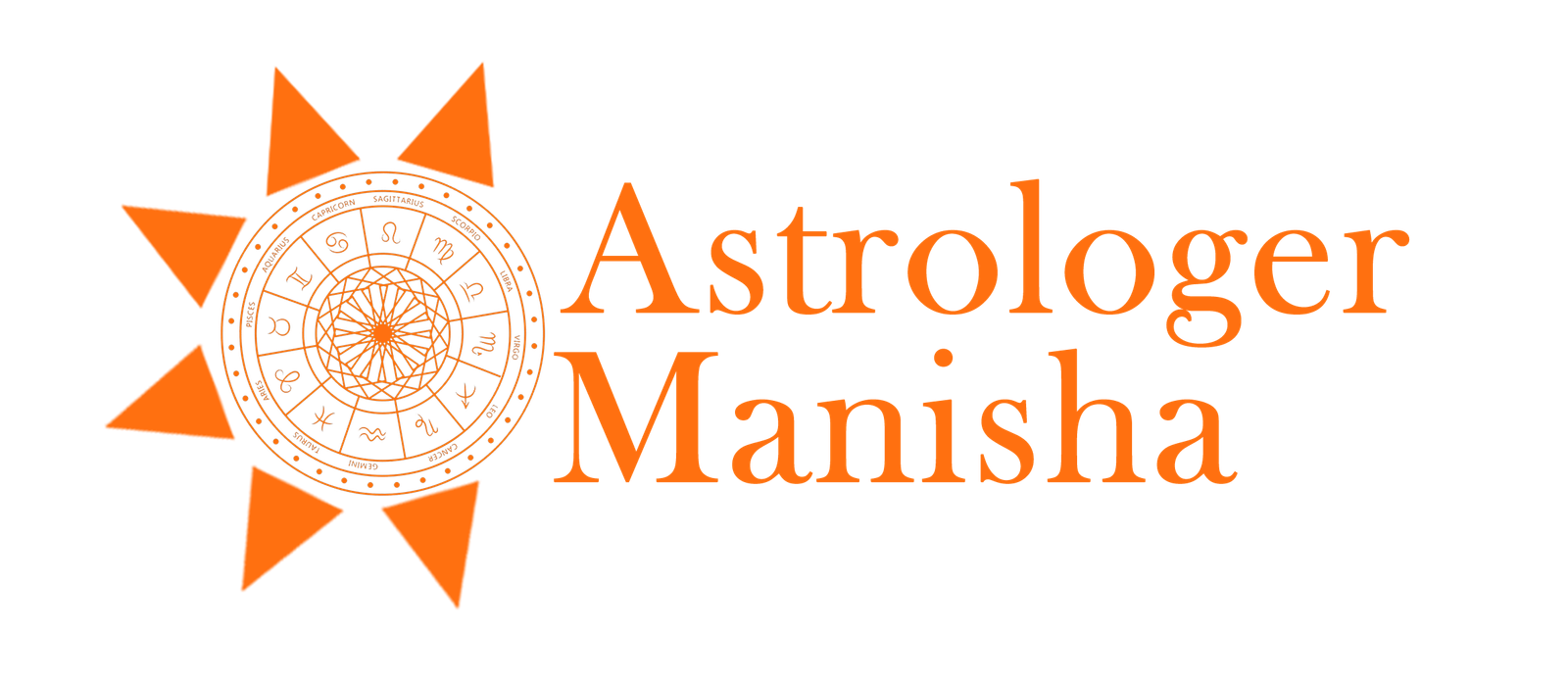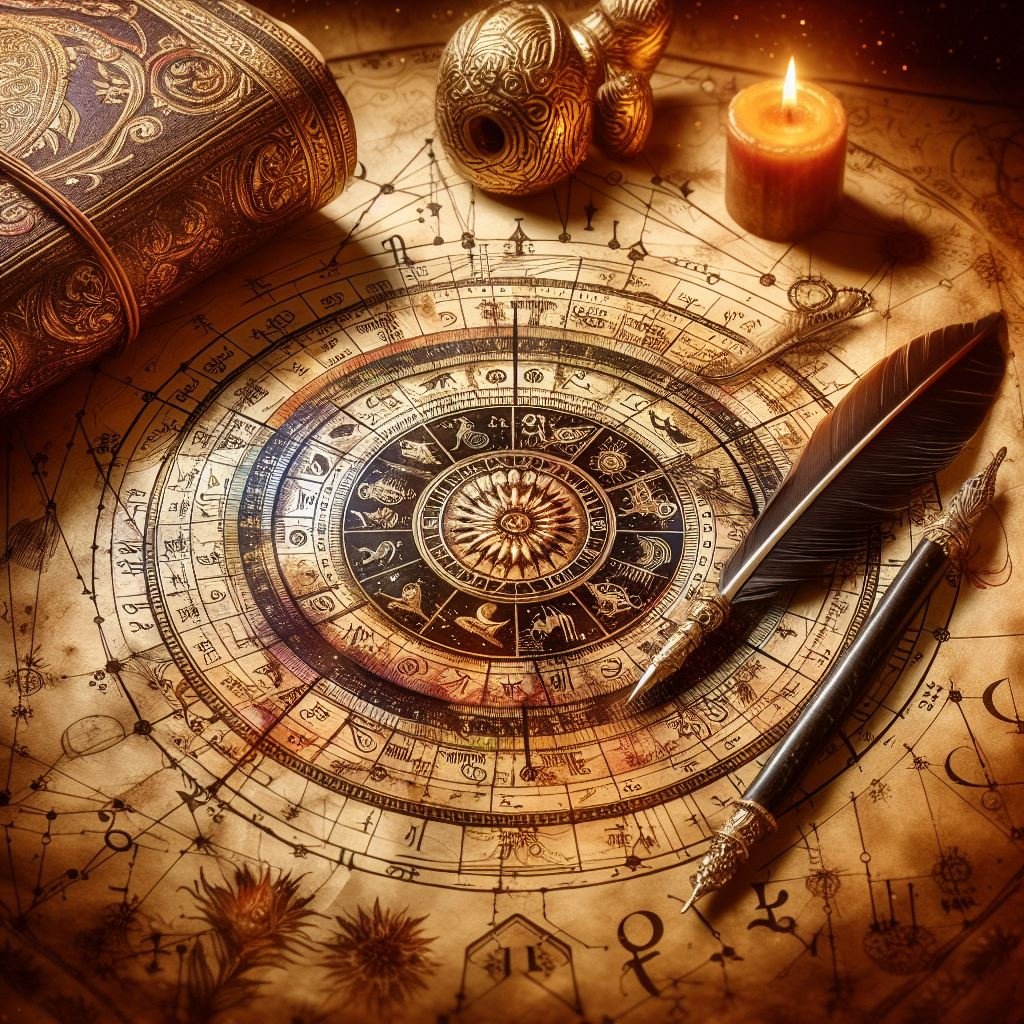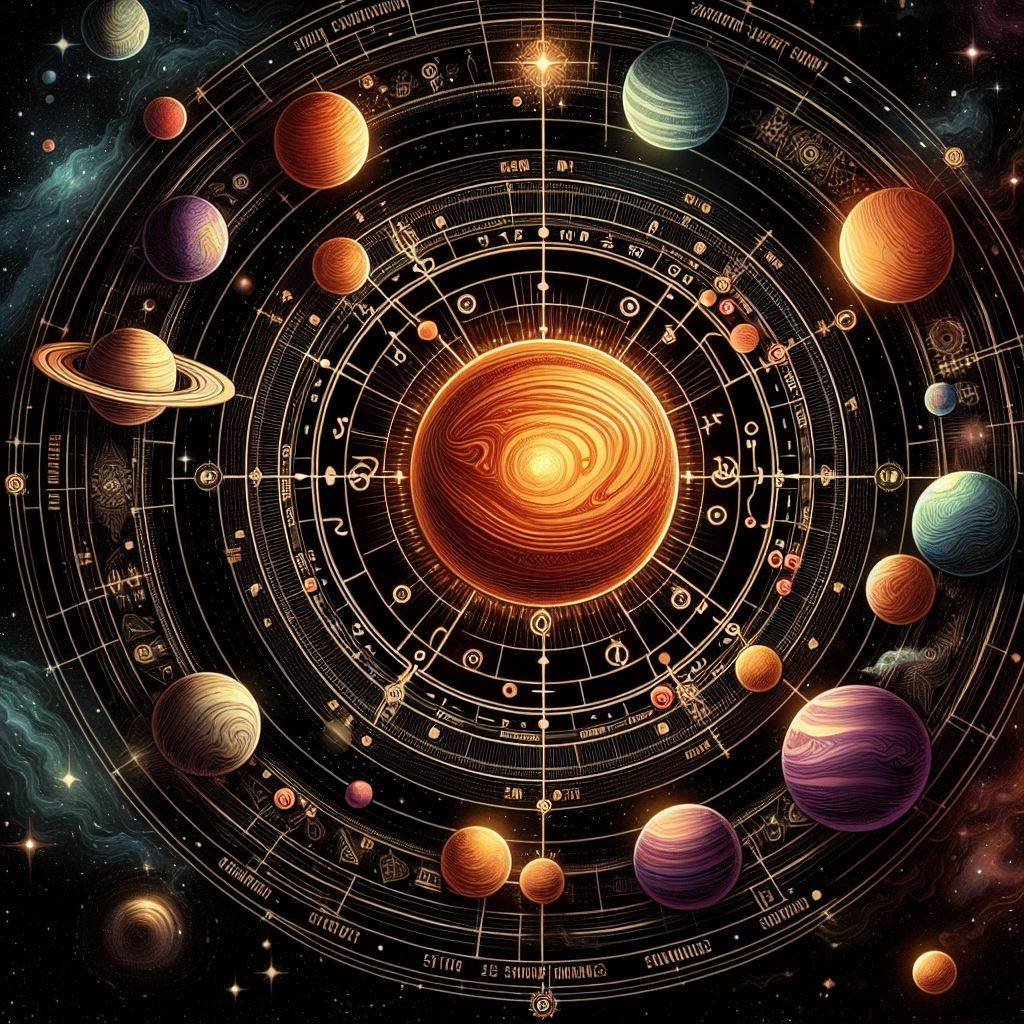Basics of Vedic Astrology
Astrology is one of the most debated concepts among the both scientific and non-scientific community. But what exactly is astrology? Is it really an art or is it a science? This post is about shedding some light on the concept of Astrology though the ambit of Vedic Astrology, and why it’s so different from the Western Concept of Astrology. This post also indulges in the basics of Vedic astrology.
What exactly is Astrology?
Astrology, in the most basic terms, is simply an astronomical analysis of the various planets and zodiac signs as well as their impact on the lives of human beings.
The Vedic Concept of Vedic Astrology
Vedic astrology has been around for more than a thousand years. The first comprehensive description about Vedic Astrology was written in the Vedas. The developer of the Vedic Astrology System is Maharishi Bhrigu, who was one of the great sages from the renowned Saptarishi. The book Bhrigu Samhita is also written by him.
Vedic Astrology is the study and astronomical analysis of the positions of the planets as well as the 12 zodiac signs. These are analyzed to understand the impact of their movements on the lives of human beings. The central theme of the concept of Vedic Astrology is about reincarnation of the soul, the previous karmas of the human soul as well as the achievement of mokasha or salvation.
Vedic Astrologers believe that the soul has to wait for the specific placements of planets to again take the form of the human body & to repay their karmas of the previous lifetime and attain salvation. Therefore, Vedic Astrology holds strong on the belief that everything that a person experience in the current life time is the sum total of the past karmas of the soul.
Difference between Vedic Astrology & Western Astrology
Since, sun is the centre of the solar system and the earth revolves around it, the concept of Western Astrology is also based on the revolution of Earth around the Sun. The western astrology puts emphasis on the relationship between the Sun & the Earth.
The Western Astrology uses the tropical zodiac which measures the relation of the Sun and Earth through the Tropic of Cancer & the Tropic of Capricorn. Hence, the zodiac signs dates in the Vedic Astrology system are decided on the basis of this.
The zodiac signs dates begin on the day of Vernal Equinox i.e. March 22, because the day and night are of equal length on this day.
On the other hand, the system of Vedic Astrology follows the positions of the stars to determine the zodiac sign dates. It does not measure the beginning and the ending of the zodiac signs according to the tropic of Cancer and tropic of Capricorn. Vedic Astrology uses Sidereal System popularly known as the Stellar Zodiac. Stellar Zodiac considers the fixed stars of the constellations to determine the beginning and the ending dates of the zodiac signs. Vedic Astrology deems Western Astrology inaccurate because of its dependence on the Vernal Equinox.
Factually speaking, Vernal Equinox precedes by 50 seconds every year, which means that every 72 years zodiac signs would have to shift a day backward to remain astronomically accurate. Western Astrology do not change the dates of the zodiac signs according to this astronomical shift in the time of Vernal Equinox.

An Interesting Fact
Zodiac Signs dates that are used in Western Astrology are no longer correct because these zodiac signs are no longer astronomically visible during these dates. For Example, when a Western Astrologer says that Venus is in Sagittarius, astronomically it will be one sign back in Scorpio (due to change in the timing of Vernal Equinox). Vedic Astrology adjusts for this fact by relying on Stellar Zodiac. The interesting thing is that when the system of Western Astrology was devised the zodiac signs in both the systems of astrology had the same dates, but over the centuries they have drifted 25 days apart.
Basic Components of Vedic Astrology
The representation of the kundali and the planets differ in the Vedic Astrology from the Western Astrology. It is rectangular representation, unlike the circular representation of the Western Astrology.
- Kundali: Kundali is a graphical representation of the positions of planets and zodiac signs in the 12 houses. The two most important factors in the representation & the subsequent understanding of the kundali birth chart are the houses and the planets. The houses are the spaces of 30 degrees which represent various aspects of life and the kundali helps in determining the position of the planets in these houses and then to determine the positive & negative effects that they will have on an individual's life.
- Houses: There are 12 houses, 30 degrees each, in a kundali. These houses represent various aspects of the life and are ruled by the zodiac signs. For example, First House is ruled by the zodiac sign of Aries, Second House is ruled by the zodiac sign of Taurus and so on.
- Planets: Vedic Astrology does not take into consideration Uranus, Neptune & Pluto. Planets are not only the celestial bodies but also the poles of the moon that influence the human lives. There are 9 planets in the Vedic Astrology.
Planets in Vedic Astrology
- Sun in Vedic Astrology: Sun is a bright and energetic planet in Vedic Astrology. It is considered as an authority in everything. The primary organs of our body such as brain and heart come under the governance of the Sun.
- Moon in Vedic Astrology: A person's birth sign is determined by the presence of Moon. The presence of Moon also determines a person’s Janma Nakshatra or the Birth Constellation. Moon is the ruler of the emotions and impacts the emotional wellbeing of the native.
- Mars in Vedic Astrology: Mars is a fiery red planet in Vedic Astrology and is thus considered the most ferocious because it makes the person ferocious and short tempered. It also negatively impacts the relationships in life. Mars is considered as the trouble maker in Vedic Astrology.
- Mercury in Vedic Astrology: Mercury is the planet that rules the intellect and communication. Mercury governs the energy level of a person. When Mercury is in favorable position, the person will have a high intelligence.
- Jupiter in Vedic Astrology: Jupiter is the largest planet in the Solar System and also the most benevolent. Hence, it represents of large-heartedness, kindness, nobility, justice, honesty and calmness.
- Venus in Vedic Astrology: Venus rules love and romantic relationships in the kundali. Venus is a representative of materialistic happiness. Everything physical and beautiful is governed by this planet. Every romantic relationship is also governed by the planet Venus.
- Saturn in Vedic Astrology: Saturn is the most feared planet in Vedic Astrology. Saturn is the slowest planet in the solar system and also the most malefic. When malefic ally placed it creates isolation and loneliness in the life of the native, but when it is positively placed it can take the native to the highest zenith of success.
- Rahu in Vedic Astrology: Rahu is the North Node of moon and is also called Shadow Planet. Hence, all the matters such as ghosts, apparitions, etc. come under its control.
- Ketu in Vedic Astrology: Ketu is a southern node of the moon and is also a shadow planet. It represents destruction. It also represents poisonous and addictive substances.









